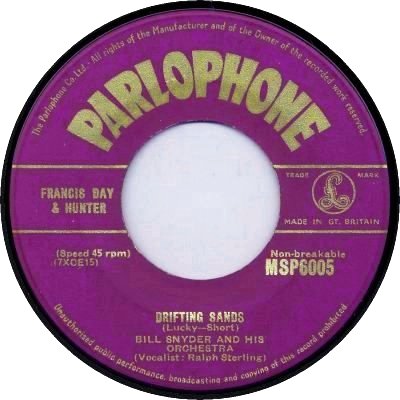
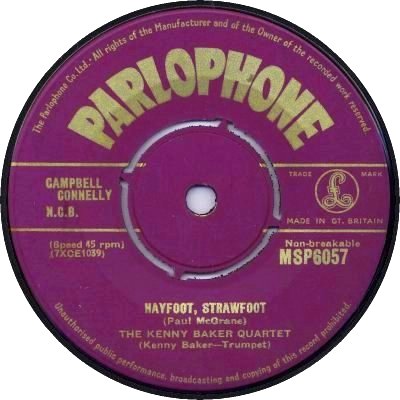
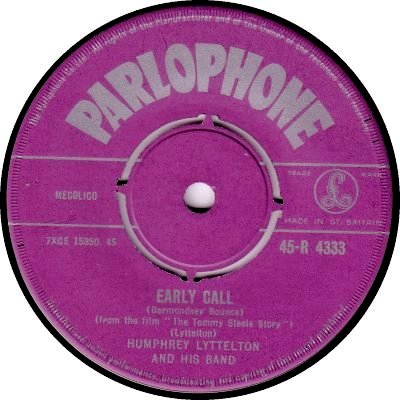
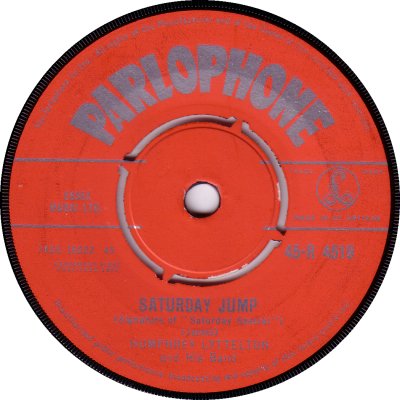
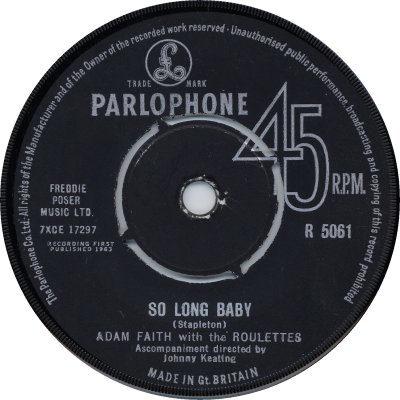
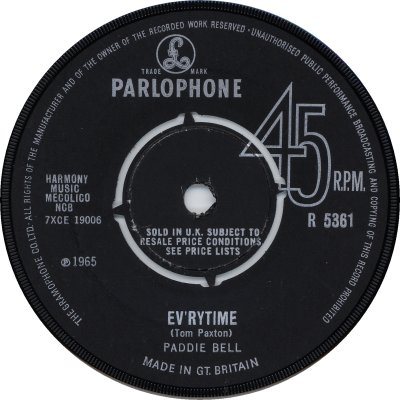
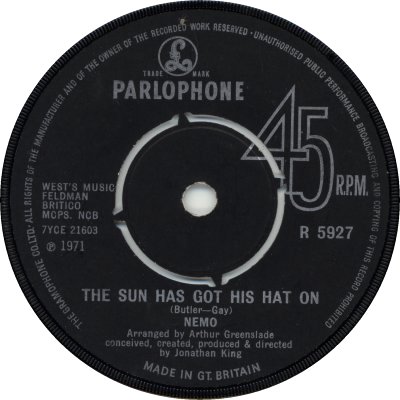
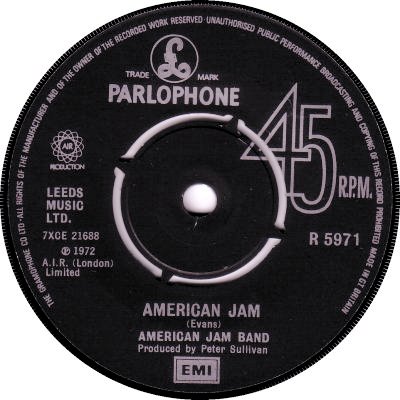


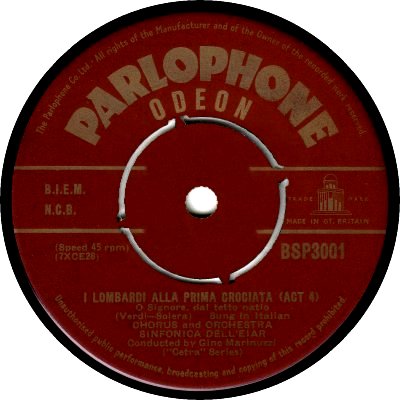
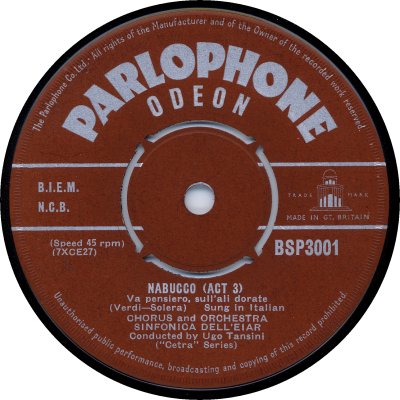

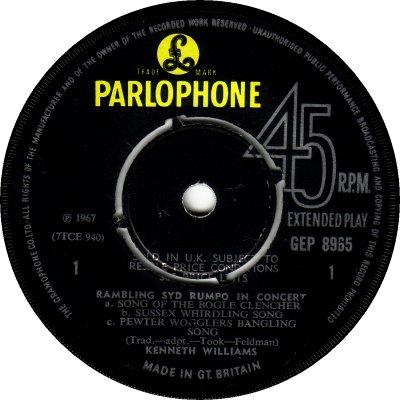
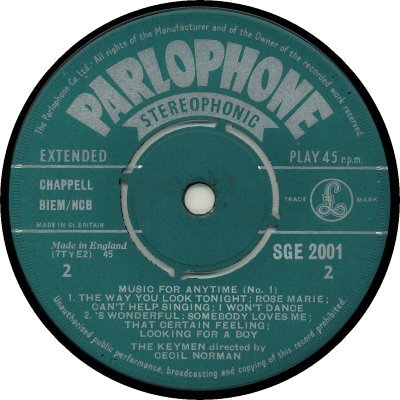
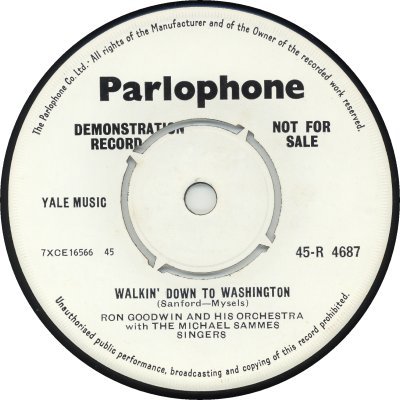

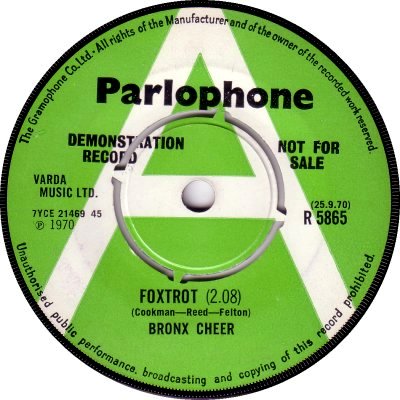

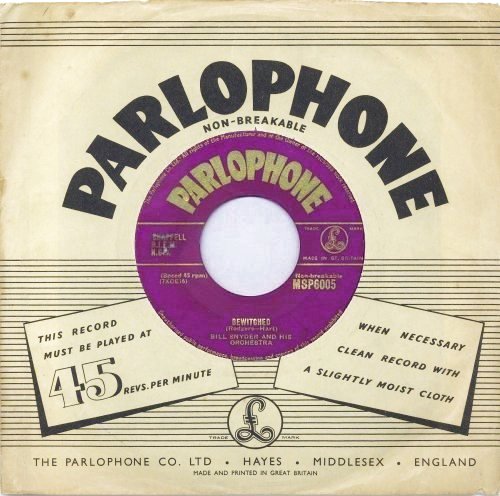
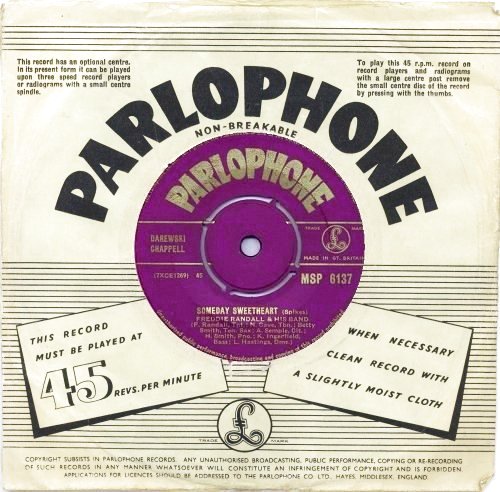
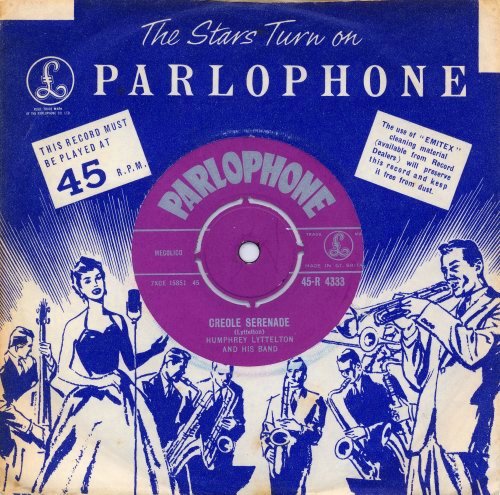
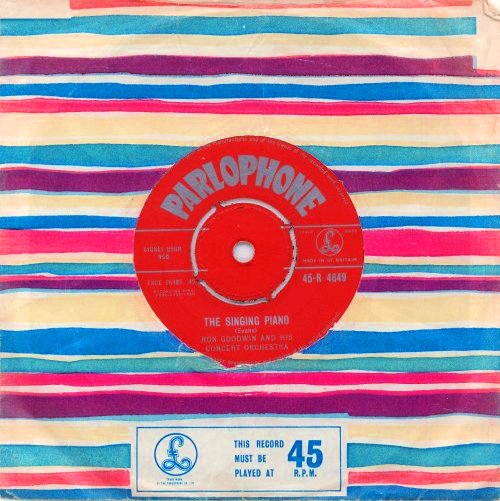

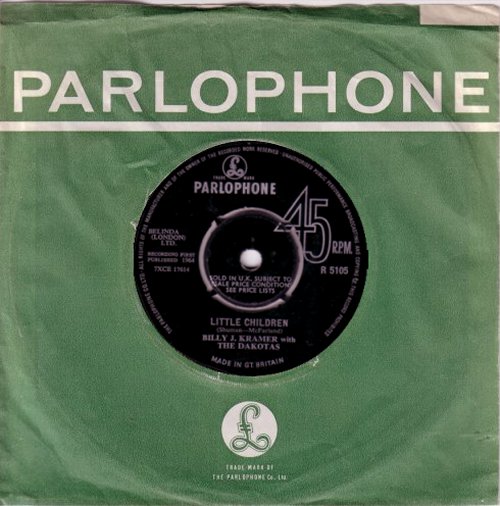

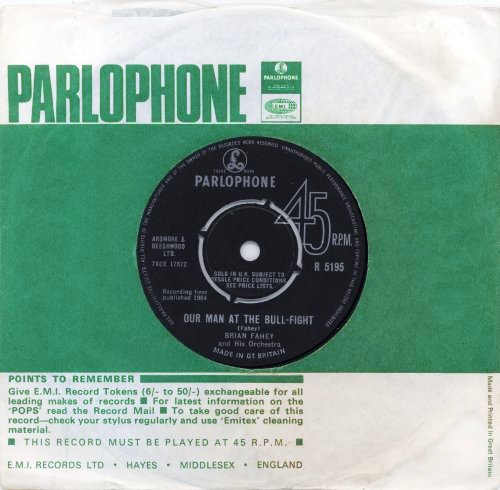
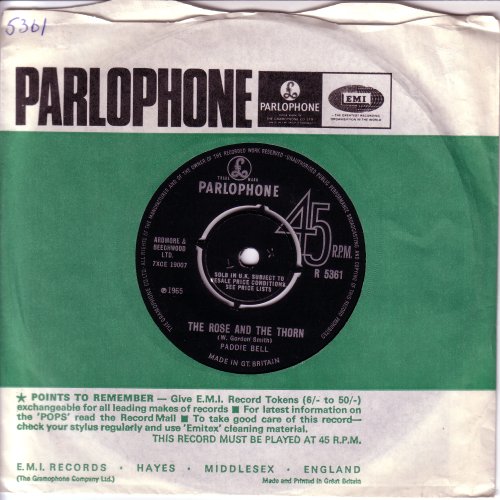

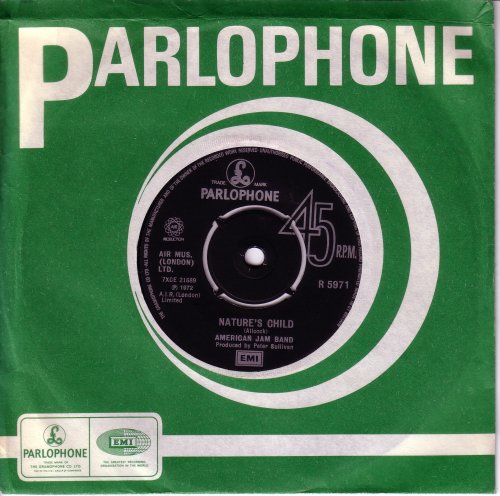

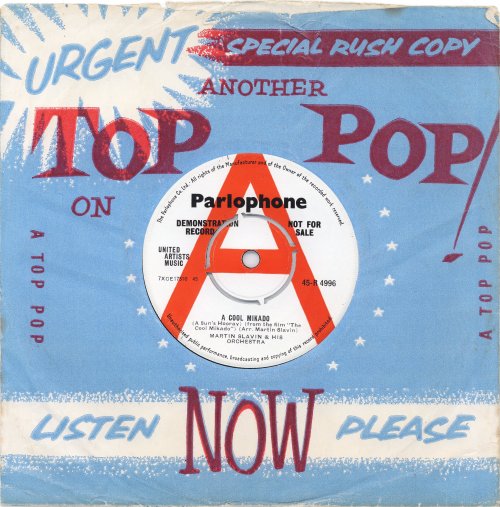
A survivor from the early days of the 78rpm era. Parlophone was founded in Germany, in 1896, by Carl Lindstrom; the label's famous '£' sign is in fact an old-fashioned 'L', for 'Lindstrom'. It first appeared in Britain in 1923; the 'R' prefix which appears on the old Beatles' singles dates back to 1927 and started at R-101, though there was an earlier R-3000 series. Columbia took the company over in 1928, and it became part of Electrical and Musical Industries in 1931. By the early '50s Parlophone had become something of a musical backwater at EMI, but in 1955 George Martin took over as manager of the label and spearheaded a revival. Adam Faith took the label into the Charts regularly and frequently during the period 1959-64, but it was when Martin signed the Beatles, c.1962, that it took off. Parlophone featured strongly in the Charts throughout the '60s, not only with the Fab Four but with the likes of the Hollies and Cilla Black. The '70s saw a dip in fortunes: Martin had gone in 1966, to set up his own AIR studios, and when the EMI label started up, in early 1973, Parlophone was one of four labels which it replaced - according to 'Music Week' of the 27th of January it was to be 'phased out' along with Columbia, Stateside and Regal Zonophone. The last regular issue was R-5991, 'Cowboy' by Nola York, which came out in August 1973. The Parlophone 'R' series continued to be used for singles by The Beatles, individually and collectively, many of which were on the Apple label. When Paul McCartney left Apple his records began to be listed under Parlophone, though they mostly had their own individual label designs rather than the standard Parlophone one. Two previously album-only singles by the Beatles came out on Parlophone in 1976 with the black label, and a third joined them in 1978; 1979 saw Rostal & Schaefer's single from 'The Beatles Concerto' and an EP by Joe Brown on the black label, but those were the only releases apart from Paul McCartney's. All was not lost, however: Parlophone was revived as a mainstream contemporary label in early 1980, though issues were still fairly infrequent, and the mid '80s saw the familiar black label back in the Top 10 with the Pet Shop Boys; Radiohead continued the success in the '90s; and Parlophone is still going today, as an active and important part of EMI.
Parlophone began issuing 7" singles early on, in January 1953 - the first 7" records had appeared in 1952, on His Master's Voice. Until late in 1953 the singles had large spindle holes (1), and came with adaptors enabling them to be played on machines with small spindles. By November of that year push-out centres made their debut (2). The main 7" Parlophone label was mauve with gold printing until May 1957, when the gold turned to silver (3). At some point between February and June 1958 the mauve colour was replaced by red, though the design remained the same (4). This silver-on-red label lasted until early 1963, when a black label with a changed design was adopted (5). Minor changes followed: the 'Sold in U.K.' legend under the spindle hole appeared in 1964 (6) and disappeared between June and August 1969 (7); while from early in 1972 the EMI logo could be found at the bottom of the label (8). A reference to 'The Parlophone Co.' at 8 o'clock (5) changed to 'The Gramophone Co.' (6) in October 1965, though a handful of singles from late 1970 can be found with the 'Parlophone Co.' labels - presumably a batch of old-style labels was used by mistake or as an economy measure. 'The Gramophone Co.' changed to 'EMI Records' (9) when the black label came back into use, in 1976; the change was in line with one that had taken place on most of the other EMI group labels. With regard to EPs, the popular series had a greeny-blue label (13) until 1963, when they were given the same black label as the singles but with the name and logo in yellow (14). Numbering of mono EPs was in the GEP-8500s; until 1961 there was a separate SGE-2000 series for stereo EPs, their labels being marked accordingly (15). As for singles, the 'R' prefix was reserved for the main series of 78 rpm issues in the first half of the 1950s; during this period the equivalent 45 rpm records were numbered in the MSP-6000s. The MSP numbering was abandoned in the summer of 1956, from which point the R numbering was applied to 45s. 1953 saw a short-lived Light Music / Choral series with DSP-4000 numbers and gold-on-black labels (10). It also saw an even shorter-lived Parlophone Odeon series, which had BSP-3000 numbers and gold-on-brown labels (11) and was devoted to Classical singles - on re-pressings the gold was changed to silver (12). Another short-lived series, FMSP-50200, followed in 1954 and featured singles in the French language.
There were no demo labels for the first few years. When they came into use they were in the EMI 'house' style, which changed down the years: they started off in 1957 as plain white (16), gained a large red 'A' in December 1960 (17), turned green with a white 'A' (18), and ended up the same as issues but with an added 'A' and overprinting (18). The 45 rpm era saw a variety of sleeve designs used for Parlophone singles; I believe that the ones shown above are in chronological order, but there were minor varieties to most of the types. Early EPs had their own discrete sleeve, which were discontinued with the introduction of picture sleeves in or around 1955 (31). From c.1961-c.63 EMI's promotional singles sometimes came in a special sleeve (32), which can be moderately pricey nowadays - the record shown in the sleeve is from the right era but came to me separately from it. The discography below only covers the 1970s.



Copyright 2006 Robert Lyons.

